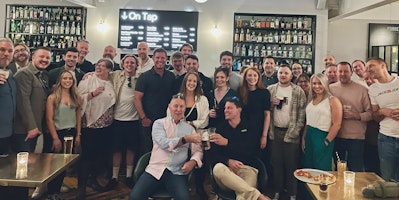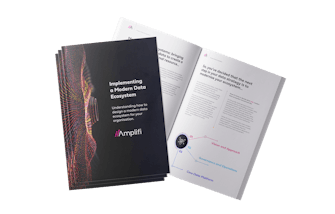Welcome back to the third episode in our video series on Modern Data Ecosystems. If you missed the first episode 'Understanding Modern Data Ecosystems', you can catch up here, or watch the second episode 'The role MDM plays in a Modern Data Ecosystem', here.
Mike Evans, Chief Innovation Officer at Amplifi is back, this time in conversation with Vincent Fages-Gouyou, Director of Product Management (EMEA) at Denodo, discussing topics such as:
- The role Data Virtualization plays in Modern Data Ecosystems
- How Denodo are approaching data management in a modern way
- Why physical and logical Data Management need to exist together
Right now, our expectations for data are accelerating at break-neck speed – as is the sheer volume of data we’re generating. As data sources multiply and expand, business professionals are left grappling with a pivotal question: how do we access the right data promptly without compromising its integrity or security?
Many companies are eager to derive valuable insights from their data, to drive informed decisions and strategic actions. However, often the technological solutions to these challenges are perceived as overly complex and inaccessible to those without extensive technical knowledge.
Data Virtualization: The Spotify of the Data World
Imagine if accessing the right data was as simple as picking a song on Spotify. Instead of sifting through stacks of records, searching for that one album and then playing it, you could just type in a search bar and hit 'play'. That's the simplicity and speed data virtualization offers.
Data virtualization acts as an intuitive interface between users and their data. It streamlines access, making it easier for even non-tech-savvy professionals to locate and use the information they need.
An Integration, Not a Replacement
Adopting data virtualization doesn't mean discarding existing data infrastructure or investments. On the contrary, it's about harnessing the full potential of your current systems. Data virtualization integrates with existing architectures, pulling together disparate data sources into a unified, agile, and accessible system.
Interested to find out more? Watch along here:



